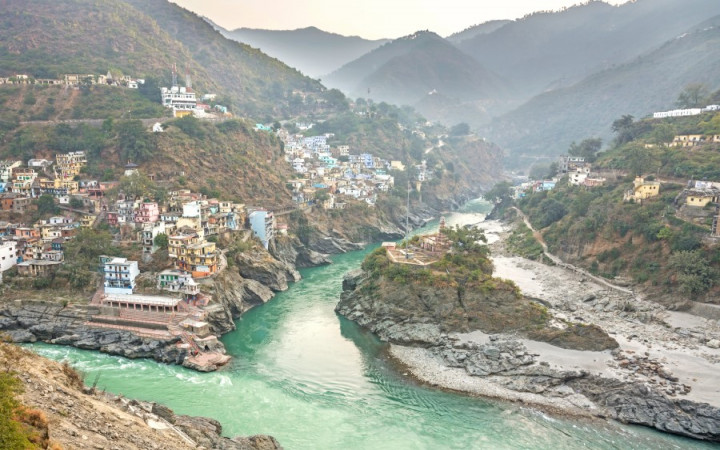Are you the adventurous type? If you had been alive hundreds of years ago, would you have been excited to explore the great unknown? Would you have gladly headed west with Lewis and Clark to map out a route to the Pacific Ocean?
If you had been with Lewis and Clark, you would've definitely seen many breathtaking sights. As you traveled along the shorelines of rivers, winding your way west, you would've come across several incredible spots where bodies of water merged.
Did you know that there's a scientific word for these spots where two bodies of water merge together? It's called a confluence, and they're a sight to behold. In addition to a confluence, these spots are sometimes also known as a conflux.
Sometimes, a confluence is the spot where a smaller stream or river, known as a tributary, feeds into a larger stream or river, known as the main stem. This is the case, for example, where the Ohio River (a tributary, even though it is in itself a major river) feeds into the even-larger Mississippi River.
At other times, a confluence can be the location where two smaller streams or rivers merge to become the source for a new river. This is the case in Pittsburgh, Pennsylvania, where the Monongahela River and Allegheny River merge to create the Ohio River.
If you look at a map of the United States, it doesn't take long to see how many rivers cut across the American landscape. If you trace a major river back to its source, you will find many confluences along the way, marking the many smaller streams and rivers that helped the larger river become what it is.
You may have heard that all rivers lead to the sea, but is that true? As tributaries join main stems at confluence after confluence, rivers become larger. Eventually, nearly all rivers do lead to another body of water, usually an ocean, a bay, or a large lake.
The transition point between a river and these other bodies of water is known as a delta. Deltas are areas where rivers often divide into many channels as their waters mix with the nearby ocean or lake waters. For example, the Nile Delta is the area of Egypt where the Nile River ends its journey and empties into the Mediterranean Sea.
Unfortunately, some rivers never make it to the sea. For millions of years, the Colorado River traveled hundreds of miles from the heights of the Rocky Mountains to empty into the Sea of Cortez via a two-million-acre delta. Today, though, the Colorado River doesn't make it to the Sea of Cortez, and it hasn't made it there since 1998.
Due to the rapid expansion of large cities, such as Phoenix, Los Angeles, and Denver, the Colorado River now has over 100 dams and numerous canals that divert its flow to serve every type of community, farm, and industry along its length. The result is a once mighty river that now trickles to an end in a series of mud flats.




